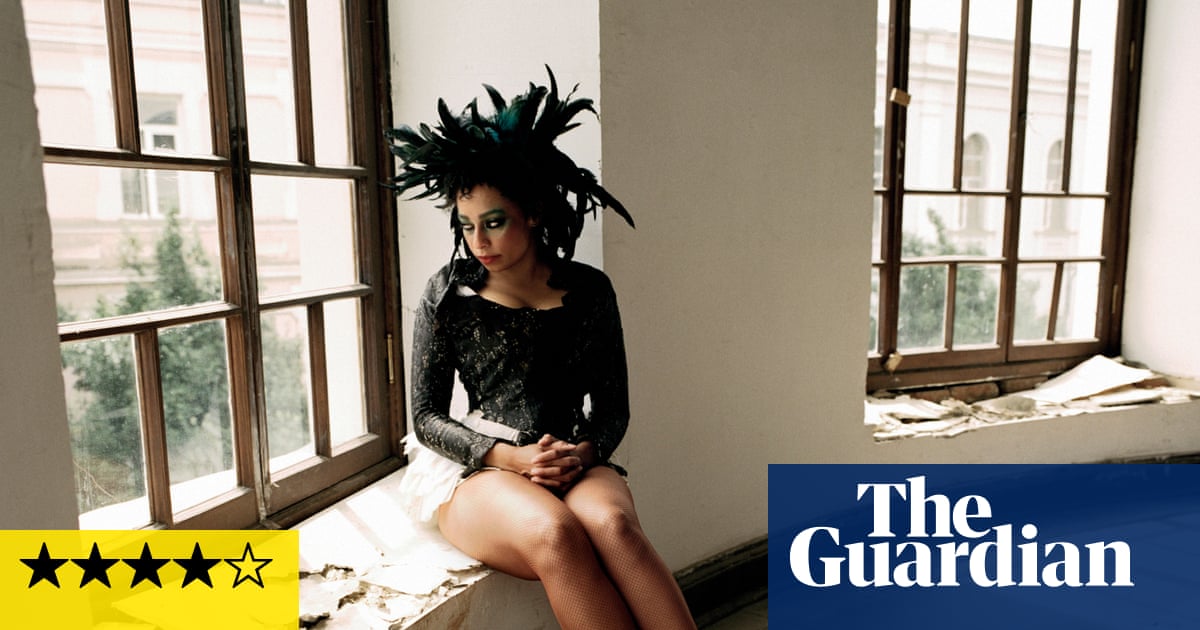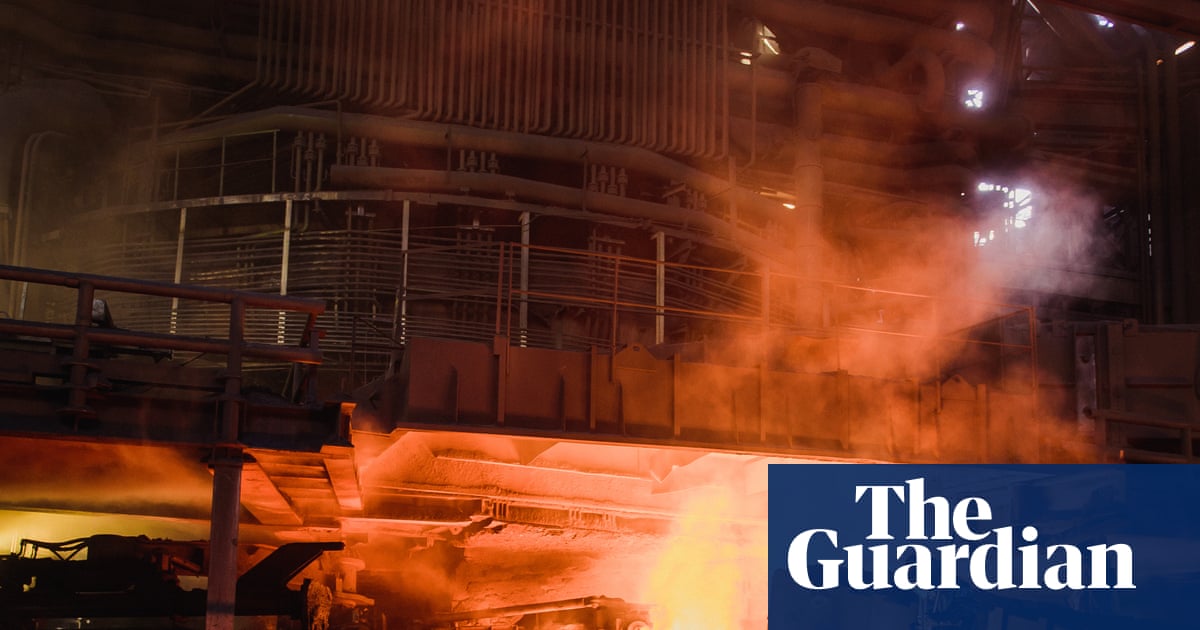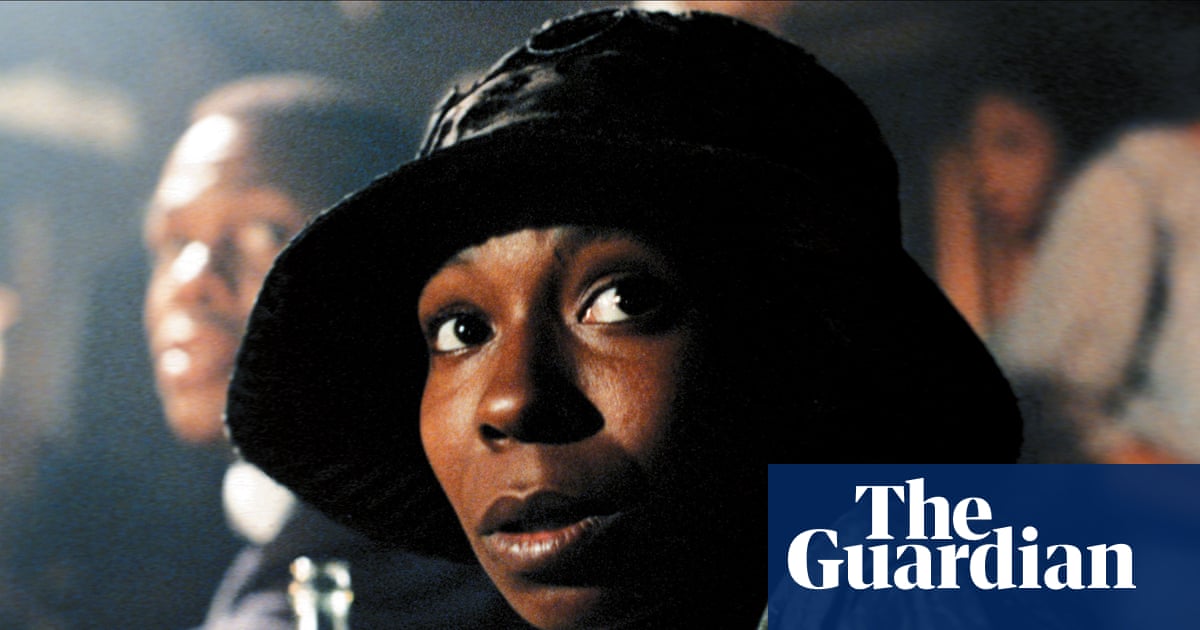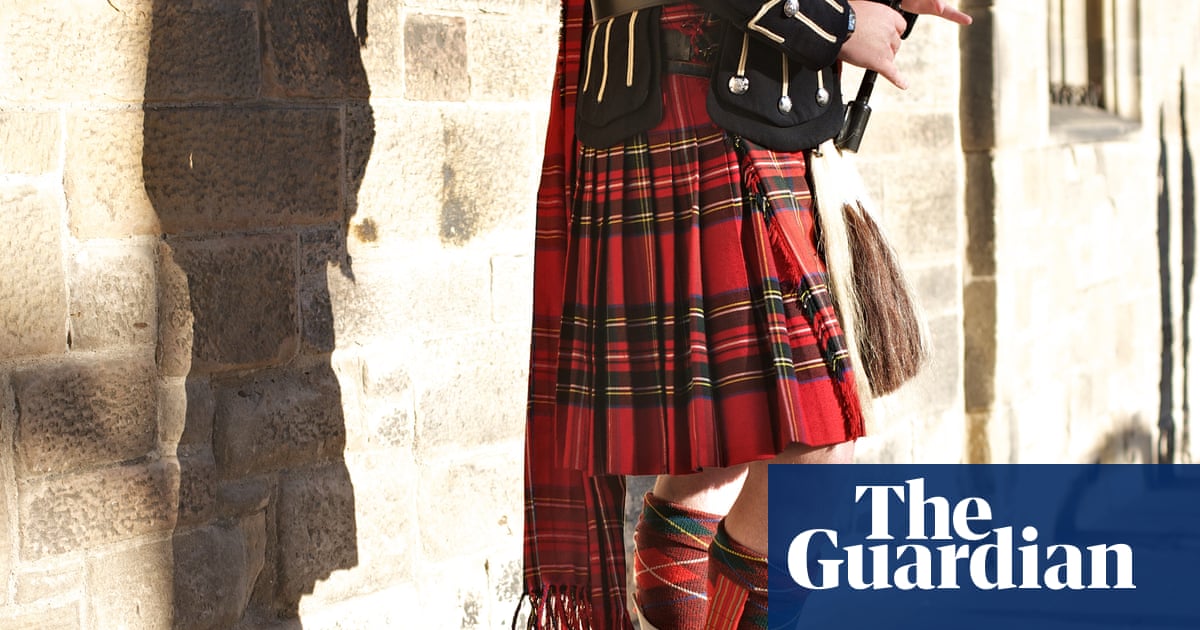By the time this column comes out, it will be Big Coat weather, so those collars will be getting higher and the scarves thicker. And, when there’s a chill in the air, I like to eat food than leans towards smoky and earthy flavours: charred vegetables, stews, sausages and mushroom everything.
For this type of cooking and living, I tend to turn to north-west Italian reds, particularly those from Piedmont. You’ll find a range of wine styles in this region – Gavi di Gavi and moscato d’Asti are both made here – but there’s something about its red wines that I find helplessly alluring and seductive. The word Piedmont means “at the foot of the mountain”, a reference to its proximity to the Alps, and its wines are of international renown, even though they make up only a tiny fraction (less than 5%) of Italy’s total production. Demand for them is high, so expect prices to start a little higher, too (apologies in advance).
Nebbiolo is perhaps Piedmont’s most famous red grape, and it’s often compared to pinot noir on account of it being similarly tricky to grow and its susceptibility to disease; it can also possess a pinot-like lightness in colour, with an expressive, complex nose. I’m very sensitive to its smell of rose petals, which seem to jump out of the glass. Derived from nebbia, the Italian word for fog (perhaps due to the fact that, in winter, especially, mist collects in the hills of Piedmont), nebbiolo makes up 100% of the globally celebrated barolo and barbaresco wines.
You’ll also find barbera, the most widely planted grape in Piedmont, with some of the most iconic examples found around Asti and Alba. Barbera is just as capable of producing age-worthy, elegant and earthy wines, but even so you get a sense that it tends always to play second fiddle to nebbiolo. That said, that’s also why barbera is often a fair bit cheaper.
The dolcetto grape is even more under-appreciated, but in my book it offers just as much as its two more lauded siblings. You’re more likely to find and drink dolcettos when they’re young, being low in both acid and alcohol, because they’re not generally considered as age-worthy (though there are exceptions to every rule). Their finely meshed tannic structure makes them a great food match, though.
Speaking of food matches, I asked Liam Colucci of Raeburn Fine Wines for advice, not least because he’s a) Italian and b) a lover of a fine wine BYOB. “Piemonte is blessed with perfect hazelnuts, truffles and mushrooms, and it’s as if the local wine is made for such dishes. For barolo, I love agnolotti with a guinea fowl filling, married with fresh ceps and a glossy sauce made from reduced stock. Barbera, meanwhile, pairs wonderfully with vitello tonnato – the like-for-like acid is electric.”
Four Piedmont reds to whet the appetite
M&S Araldica Barbera d’Asti £9.50 Ocado, 14.5%. Oak adds spice and complements the fruity cherry notes. Made by a winemaking cooperative in the Asti region that works with 230 growers.
GD Vajra Dolcetto d’Alba £16 The Wine Society, 12%. A core of blue fruit brings a graphite coolness.
Il Poeta Barolo £22 Laithwaites, 14%. For affordable barolo, you’ll struggle to do much better. Perfumed and aromatic.
Cantina del Nebbiolo Nebbiolo d’Alba £14 Waitrose, 14.5%. Smoky, spicy, plummy – and perfect for the coming months; 100% nebbiolo from a winemaking cooperative.

 2 hours ago
4
2 hours ago
4

















































